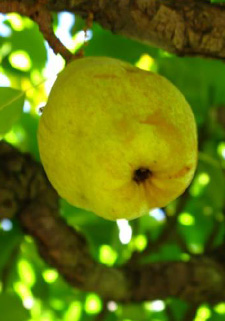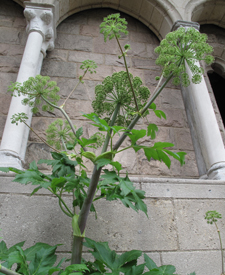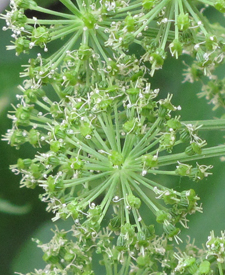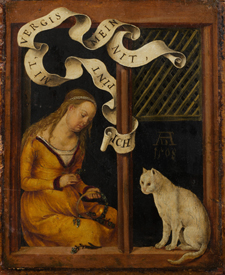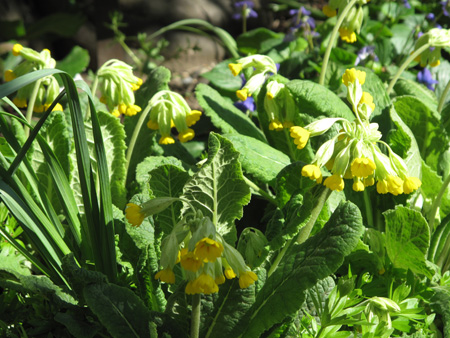Coming to Fruition
Left: Blossom on espaliered pear tree. Photograph by Corey Eilhardt; Right: Fruit on the espaliered pear in Bonnefont garden. Photograph by Barbara Bell
Join us on Saturday, June 1, for a special Garden Day, celebrating the seventy-fifth anniversary of The Cloisters museum and gardens. We’ll be discussing our fruit trees in a daylong program of events, including talks on the significance of orchards and orchard fruit in medieval life and art, medieval fruits you can grow today, training and pruning espaliered trees like our famous pears, and the care of our beloved quince and other orchard fruits.
For related information, see previously published posts about our pear, medlar, and cornelian cherry trees.
—Deirdre Larkin


